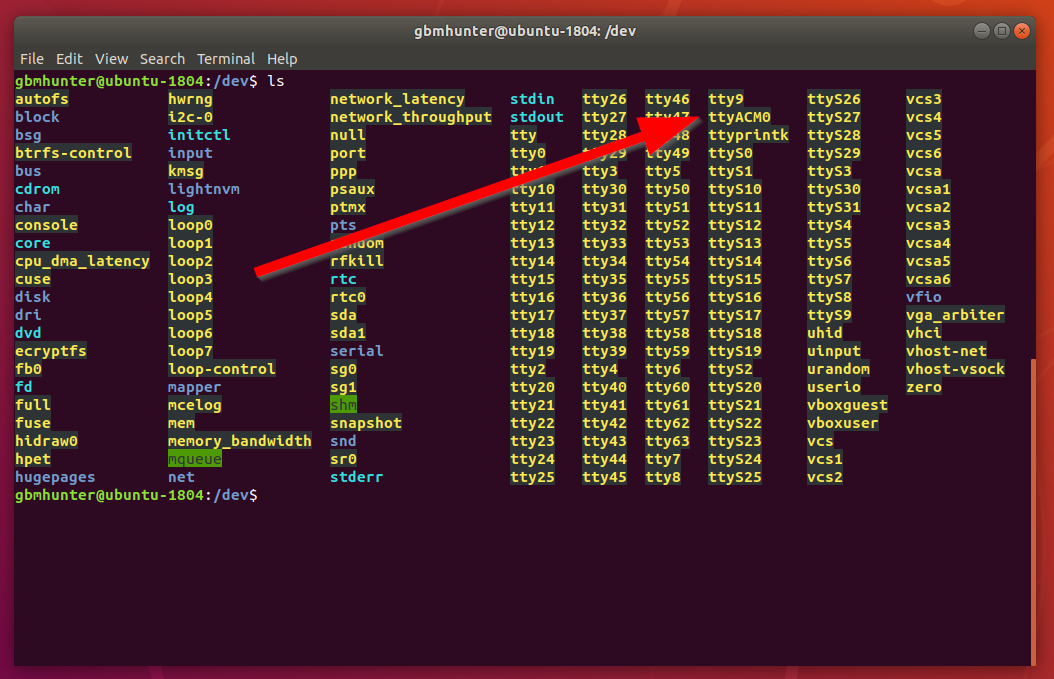Open named port at “19200,8,N,1”, 1s timeout: with serial.Serial('/dev/ttyS1', 19200, timeout=1) as ser. X = ser.read # read one byte. S = ser.read(10) # read up to ten bytes (timeout). Line = ser.readline # read a ' ' terminated line. Open port at “38400,8,E,1”, non blocking HW handshaking. API¶ class periphery.Serial (devpath, baudrate, databits=8, parity='none', stopbits=1, xonxoff=False, rtscts=False) source ¶. Bases: object Instantiate a Serial object and open the tty device at the specified path with the specified baudrate, and the defaults of 8 data bits, no parity, 1 stop bit, no software flow control (xonxoff), and no hardware flow control (rtscts).
For anyone who would like to interface with their car, here is a guide to do so.
For this you need a few things:
Python Readline Timeout

- A car supporting OBD2 (most cars since 1996 have this).
- A laptop/computer running Python 2.7.3
- An OBD connector (available online – I have an ELM327 bluetooth one which cost under €10)
So now that you have those, lets get started:
Connecting to the OBD2 connector:
Whether you are using a Bluetooth or USB OBD2 connection, it is a serial connection. To talk to it through python you can use pyserial.
You can list all serial ports on OSX or Linux by typing the following in the terminal:
ls /dev/tty*
(“ls” above is short for “list the following with file name” and the “/dev/tty” is the start of the file path of any serial port).

Take note of the serial device you are using – you will need it below.
- Download pyserial and install on your machine.
- Open the terminal (command prompt on Windows).
- Type
pythonto start Python. - Type
import serialto make use of Pyserial - Now connect to the serial device. To do this you will need the name of the serial device you are using (see above). Type the following:
ser = serial.Serial('NAME_OF_SERIAL_DEVICE', 38400, timeout=1) - Now you’ve connected to the OBD so you can start sending commands. For example, to measure speed type:
ser.write('01 0D r')A full list of OBD commands can be obtained here. - The elm327 device returns values in HEX. To read the value you just requested in Python type
speed_hex = ser.readline().split(' ') - Convert the HEX to decimal by using:
speed = float(int('0x'+speed_hex[3], 0 )) - Finally output to the screen:
print 'Speed: ', speed, 'km/h'

Now you should see the speed of your vehicle appear on screen.
Any issues/questions shout below in the comments and I will try to help out!

Python Serial Timeout Example Sheet
My next project is to get all of this onto a Raspberry Pi so I can monitor the car’s ECU on the go.